Of the 106 Lakes recorded in Mysuru, 37 have disappeared and 69 are alive
Mysuru: The two-day first-ever Karanji Lake festival proved a grand success with hundreds of children participating in the festival where the Zoo Management that organised the festival successfully conveying the message of conserving the water bodies.
The message seems to have touched the young minds who will in turn convince their elders to take basic steps to save our water bodies — do not dump waste in the drains that will end up filling the lakes.
At the concluding day of the Karanji Lake Festival yesterday, the Lake was brimming with activities like photo exhibition, bird watching, botanical walk and boating. Delivering a lecture on water body conservation and speaking on the significance of preserving and rejuvenating depleting water bodies, naturalist and lake conservation expert U.N. Ravikumar said that in Mysuru, 106 lakes are recorded but out of this, 37 lakes have disappeared and 69 are alive.
He revealed that in Mysuru taluk 42 lakes are on the verge of depletion out of which 22 falls under Mysuru City Corporation limits. He said that of the total 69 lakes that are alive now, in 35, there is water all year round and 10 are filled with water only after the monsoon.
“The Tourism Department, in the name of developing facilities, should not use concrete and destroy the rich diversity of Karanji Lake. This Lake had gone completely dry in the 1980s. Then drainage water was let into the Lake body, leading to water pollution. In 2000, it was decided against letting drainage water, but it has not been controlled completely,” he said.
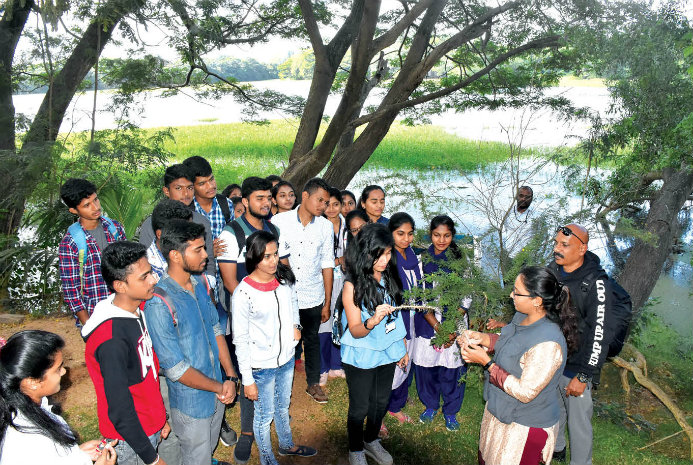
Importance of weeds
Ravikumar said that it is healthy for a lake to develop weeds and this helps other fauna in the water body. He also extended his support for fishing at the lakes, saying the water body will not be harmed if fishing is conducted.
“Erstwhile royal family of Mysuru supported the conservation of lakes. Doddakere, Jeevarayanakere and Subbarayanakere Kere used to be full, but now they have gone dry and concrete structures have come up leaving no trace of the Lakes. It is impossible to build such lakes, he said.
Tourism and Lake Conservation
“The beauty of a lake itself often becomes boon for the lake as it attracts many resulting in littering. Development of lakes for tourism should be done with due importance to its preservation,” Ravikumar said and added that the lake premises should not be turned into a concrete jungle in the name of tourism and added that there should a balanced approach for such projects.
“There is a myth that swamps are adverse for the lake. But in reality, they are much needed to preserve the biodiversity in the lake habitat and are advantageous for birds, especially migratory ones,” he said.
Botanical walk
Prior to the lectures, a nature walk and a botanical walk were taken around the lake, wherein different species of plants were identified. Children were sensitised about various bird and plant species of the Lake.
The walk began at the main entrance of the Karanji Lake on Lalitha Mahal Road and ended at Regional Museum of Natural History (RMNH) at Siddarthanagar covering the Butterfly Park inside the Lake.
RMNH Scientists Dr. M. Vijay, Dr. A.P. Tiwari briefed the gathering about botanical science and related species, while bird experts Shanthappa and D.H. Tanuja briefed the walkers about the birds. Member Secretary of Karnataka Zoo Authority B.P. Ravi and Zoo Executive Director Ajit M. Kulkarni were present.
At a related talk on the importance of conserving the lakes, B.P. Ravi said that hotels and restaurants around Karanji Lake must contribute to the development of the Lake. “There are over 30 to 40 hotels around the Lake that are gaining immense popularity because of the lake. They must chip in to conserve the water body,” Ravi opined.



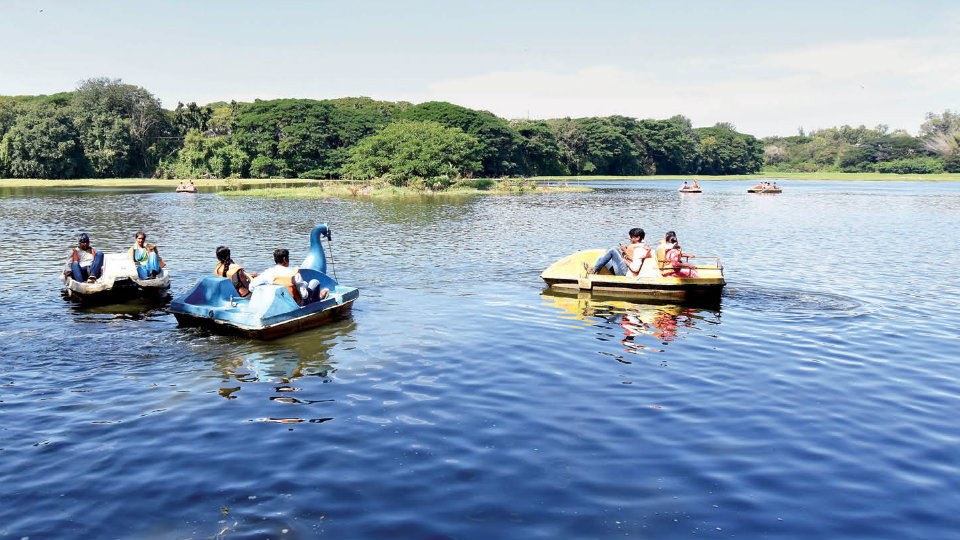
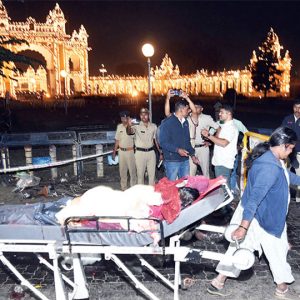

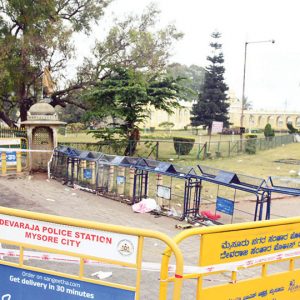
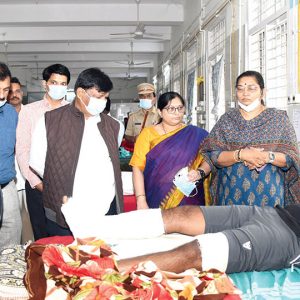
Recent Comments